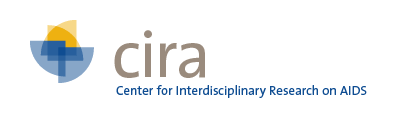| Title | Understanding low-income, minority older adult self-perceptions of HIV risk. |
| Publication Type | Journal Article |
| Year of Publication | 2011 |
| Authors | Ward, Elijah G., William B. Disch, Jean J. Schensul, and Judith A. Levy |
| Journal | The Journal of the Association of Nurses in AIDS Care : JANAC |
| Volume | 22 |
| Issue | 1 |
| Pagination | 26-37 |
| Date Published | 2011 Jan-Feb |
| ISSN | 1552-6917 |
| Keywords | Aged, Aged, 80 and over, Chicago, Connecticut, HIV Infections, Humans, Middle Aged, Minority Groups, Poverty, Risk Factors |
| Abstract | The number of people ages 50 or older living with HIV in the United States is increasing. Yet, few older adults see themselves at risk of infection. This study examines the heuristic reasoning that low income, minority adults, ages 50 or older use in calculating the likelihood of infection. The data are drawn from face-to-face interviews with a sample of 134 African American and Latino residents, ages 50 to 86, living in low-income housing in Chicago, Illinois, and Hartford, Connecticut. Results show that nearly half of the study's participants thought themselves to be at some level of risk for HIV. In self-assessing their risk, they relied on seven heuristic categories: self-imperilment, social imperilment, fate, incidental contact, situational safety, medical iatrogenesis, and self-protection. These findings extend our understanding of how individuals make sense of their likelihood of experiencing a major health threat and provide insight into more effective HIV prevention programming for older adults. |
| DOI | 10.1093/intqhc/mzr019 |
| Alternate Journal | J Assoc Nurses AIDS Care |


